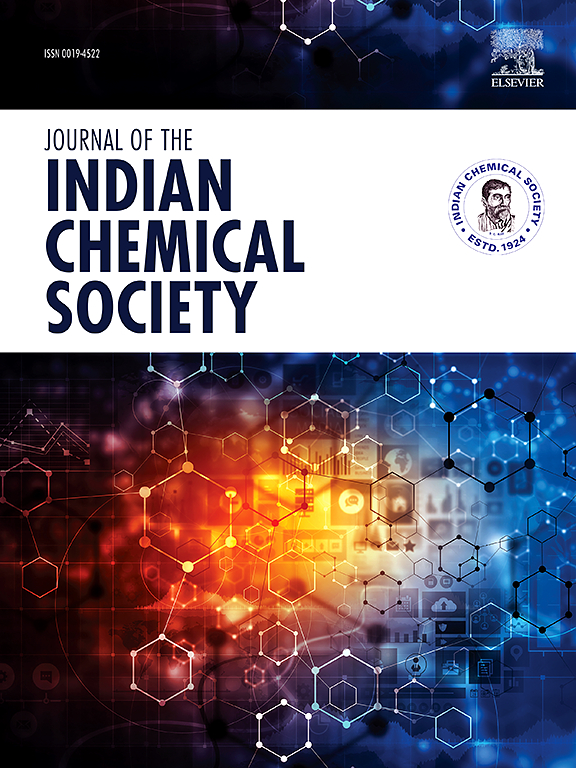An experimental investigation for desalinating seawater into fresh water with permanent magnets and electromagnets
IF 3.2
4区 化学
Q2 CHEMISTRY, MULTIDISCIPLINARY
引用次数: 0
Abstract
The study explores a novel approach to desalination by using magnetic water treatment as a solution to the global water crisis caused by contaminants, rising temperatures, and human activity. The research aims to create artificial sea water by varying water concentrations to reduce salinity content, rather than brine rejection. The treatment uses permanent magnets and electromagnets to weaken or break the bonds of NaCl and reduce their concentration. This experiment is two-part: first, it created a permanent magnetic field, followed by an electromagnetic field with different direct current (DC) voltages. The dilution ratio and treatment controlled the variation of all parameters. This experimental approach yielded positive results when authors used magnetic water treatment for desalination. Permanent magnetic treatment (PMT) got rid of 20 % of the chlorides in the water that was treated, while electromagnetic treatment (EMT) got rid of 15.37 % (4V) – 54.61 % (10V). Sodium achieved removal rates of 13.6 % for PMT and 6.52 % (2V) – 13.35 % (6V) for EMT. Magnetic desalination research and development could address the global water crisis, with continuous testing and development establishing its suitability for various countries and applications.

求助全文
约1分钟内获得全文
求助全文
来源期刊
CiteScore
3.50
自引率
7.70%
发文量
492
审稿时长
3-8 weeks
期刊介绍:
The Journal of the Indian Chemical Society publishes original, fundamental, theorical, experimental research work of highest quality in all areas of chemistry, biochemistry, medicinal chemistry, electrochemistry, agrochemistry, chemical engineering and technology, food chemistry, environmental chemistry, etc.

 求助内容:
求助内容: 应助结果提醒方式:
应助结果提醒方式:


